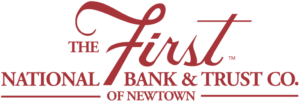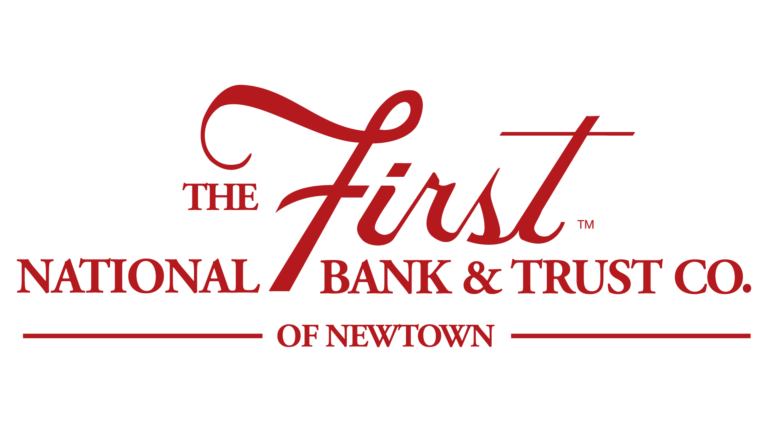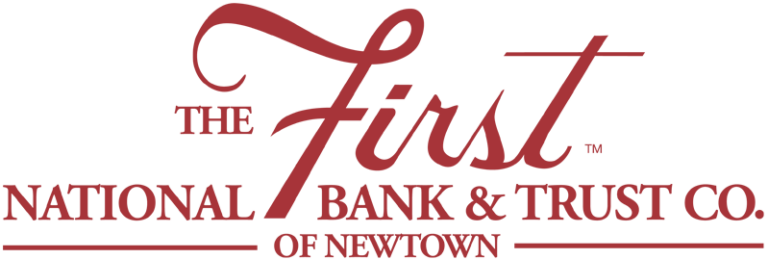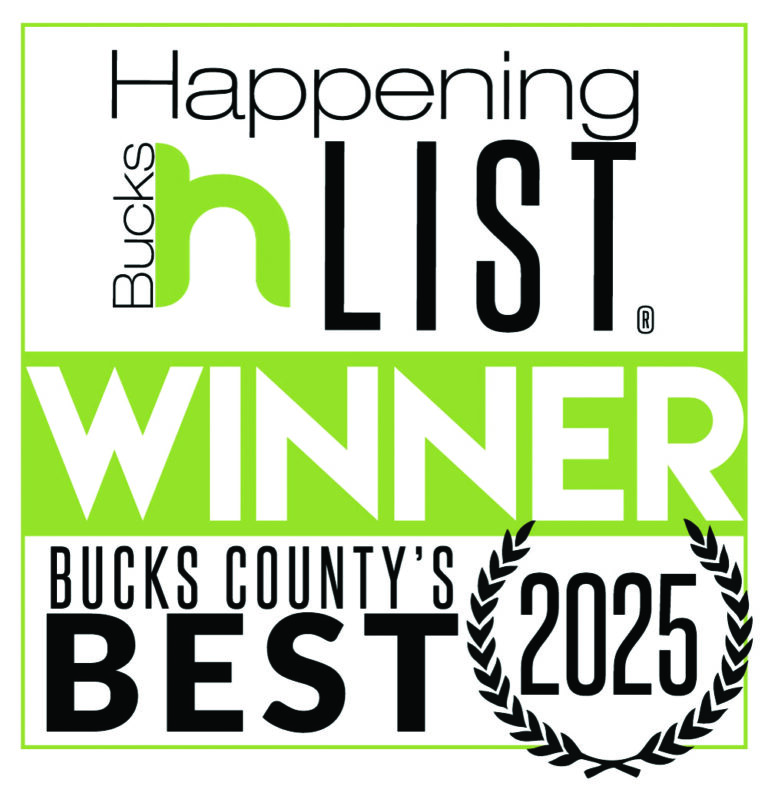How to Provide Excellent Customer Service Every Time
Delivering responsive customer service can turn disgruntled consumers into loyal fans and loyal fans into enthusiastic ambassadors for your business! By adopting these simple and effective customer service skills from “Helpscout.net”, you and your employees can promote repeat business with each and every customer interaction.
http://www.helpscout.net/blog/customer-service-skills/
What customer service techniques work best for your business? Share a comment below and let us know.








